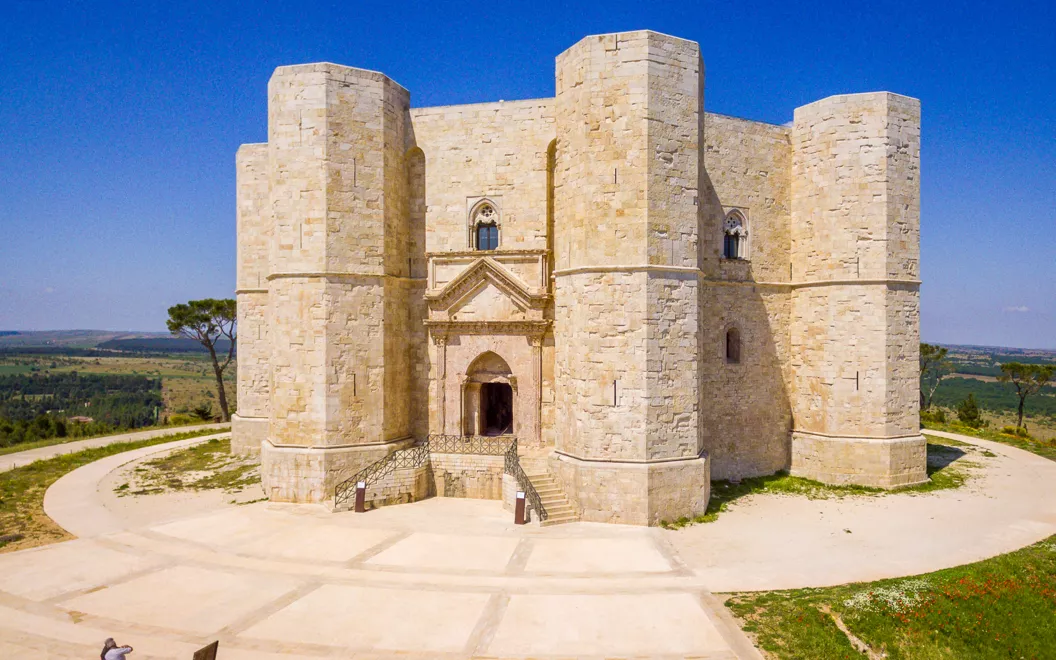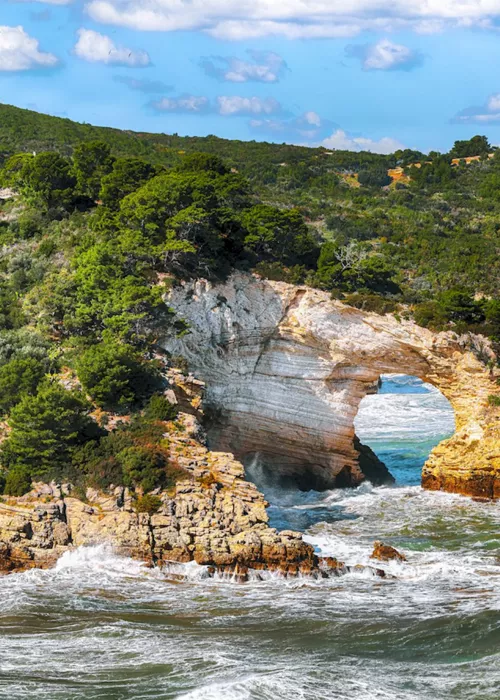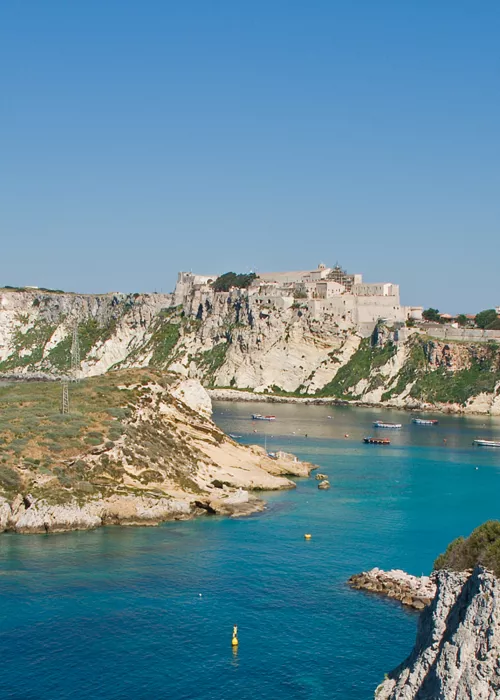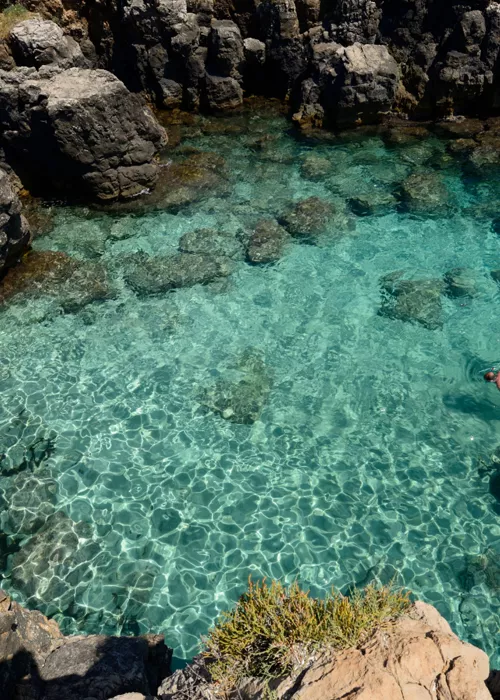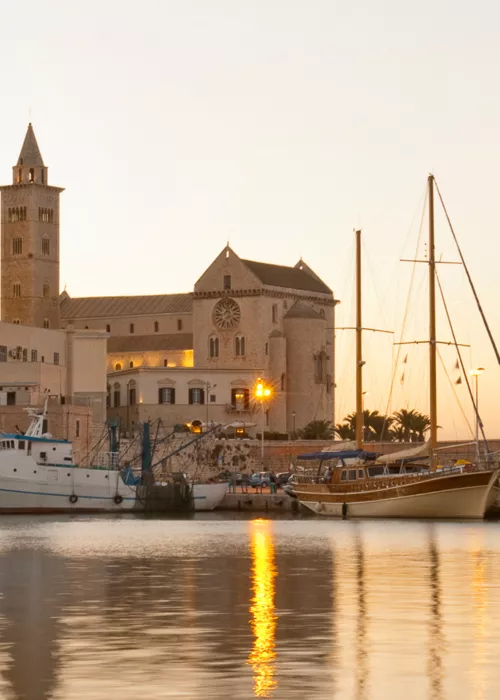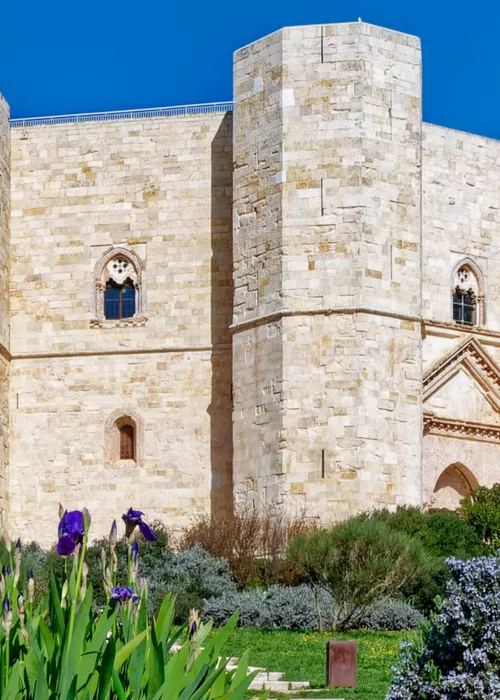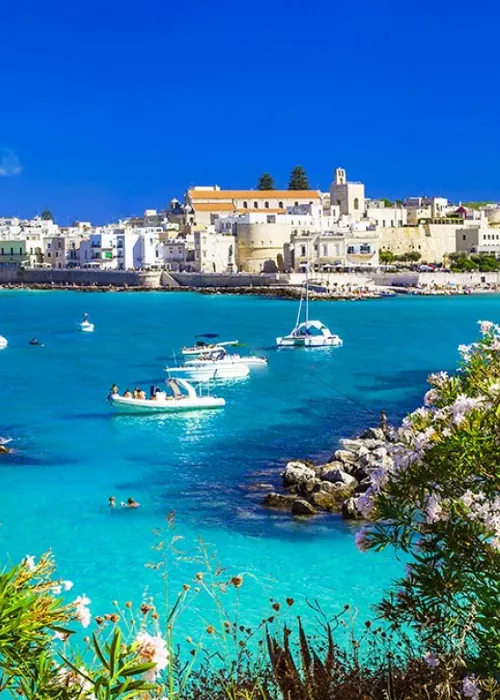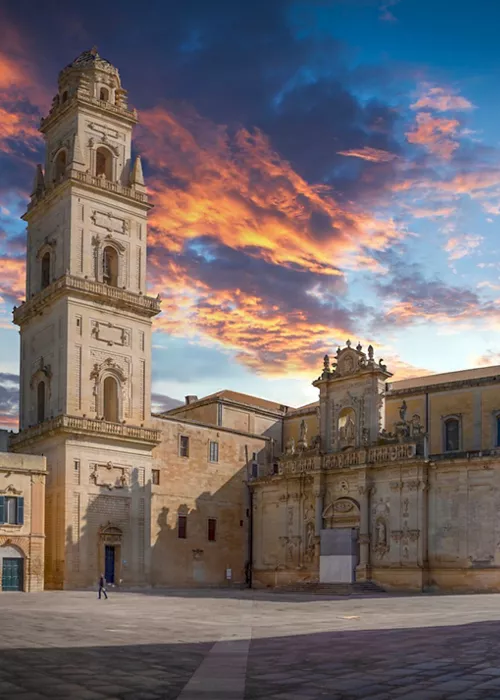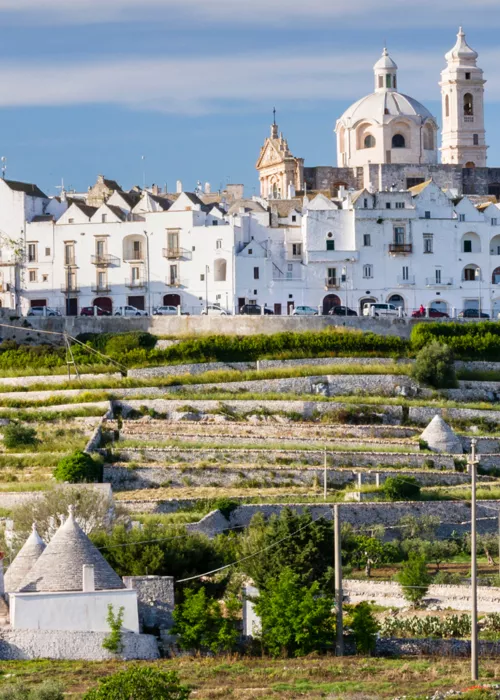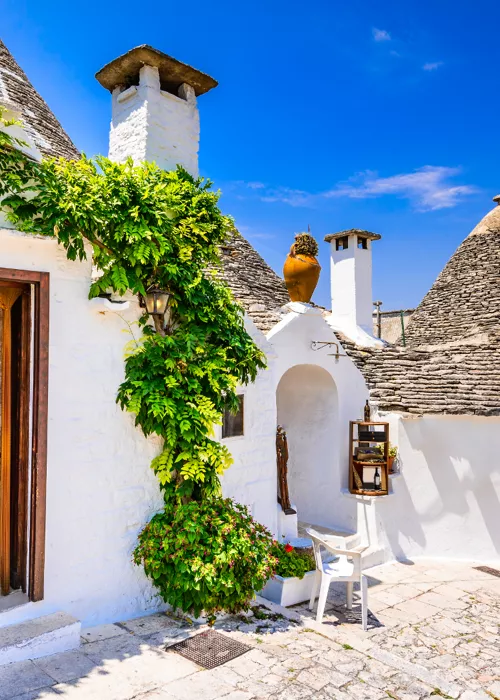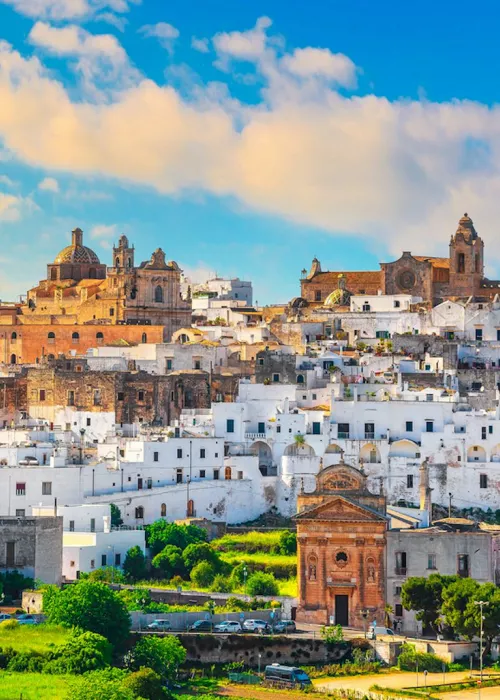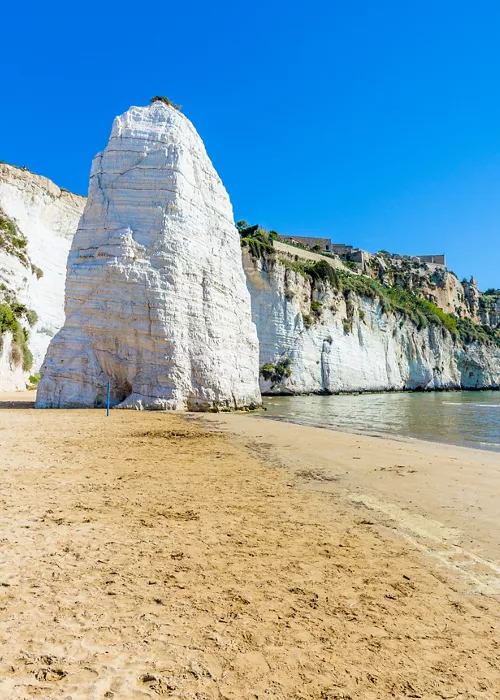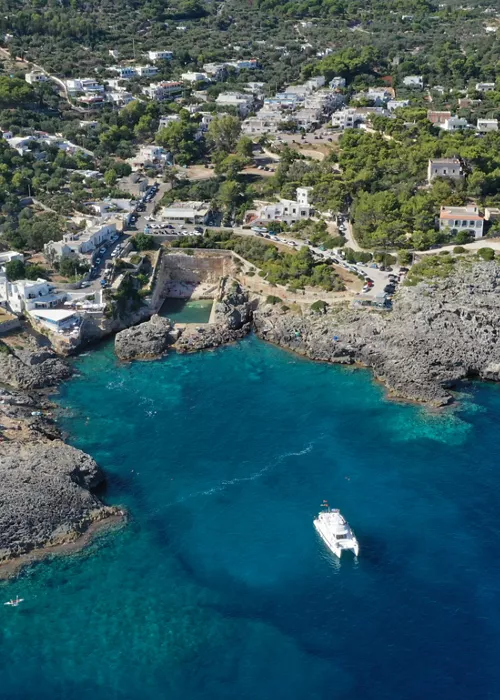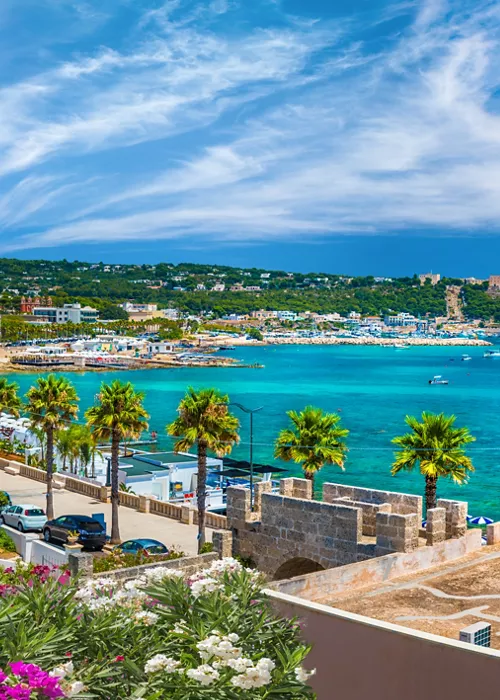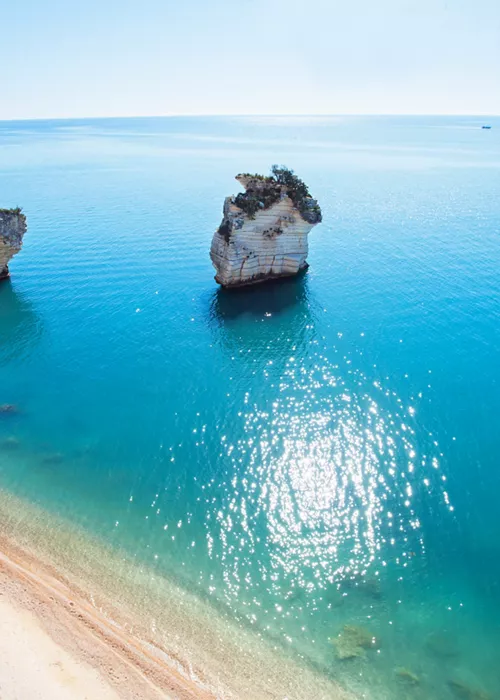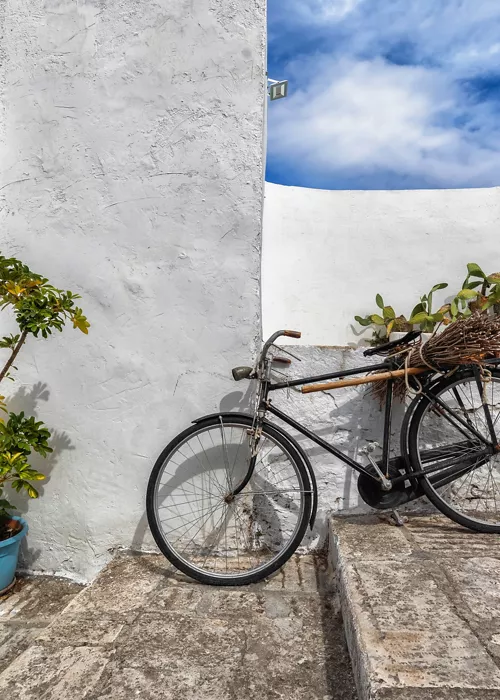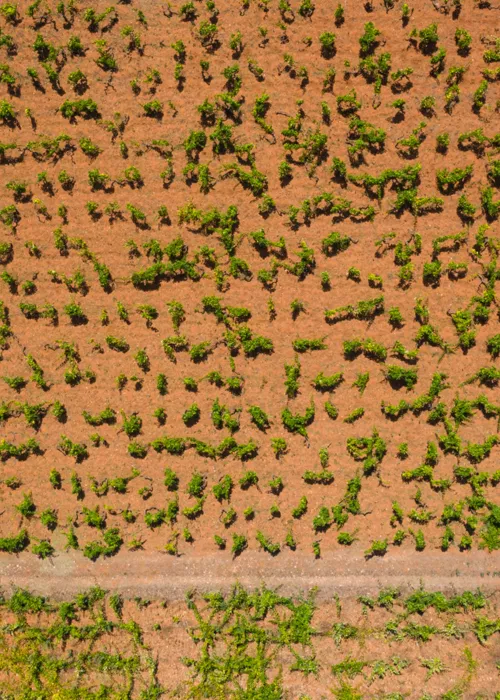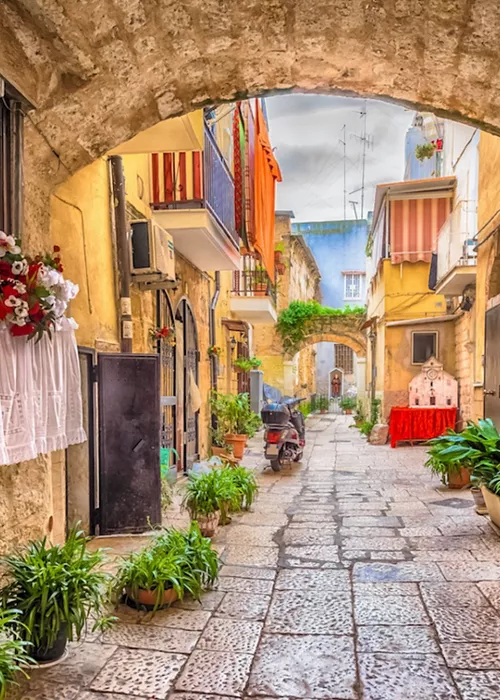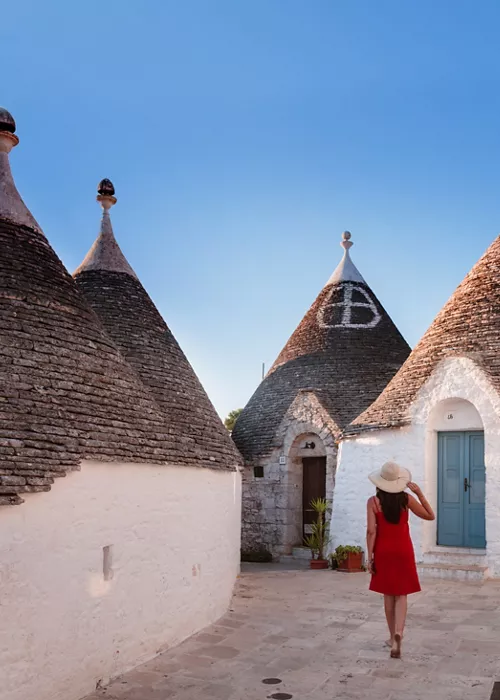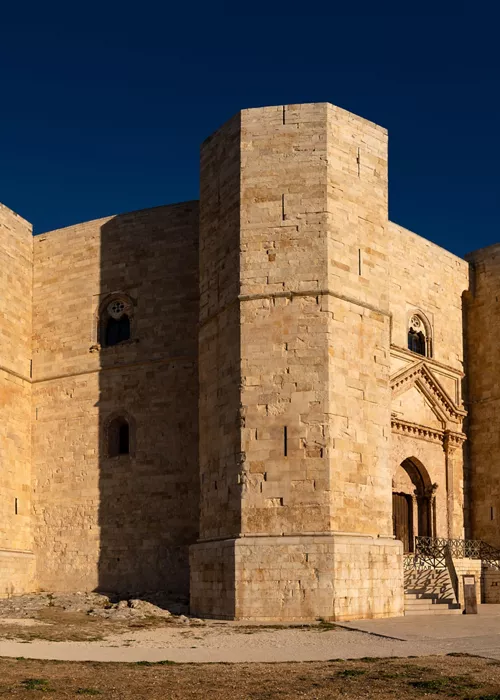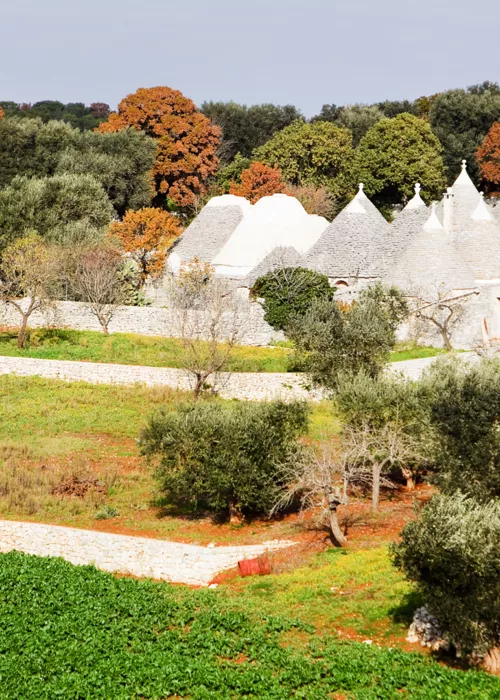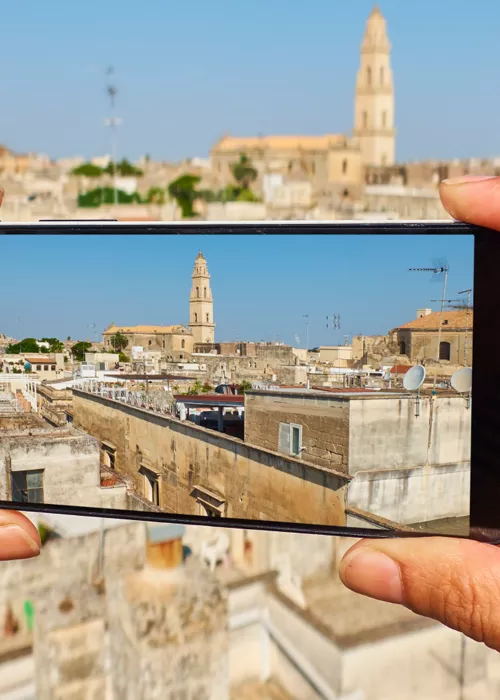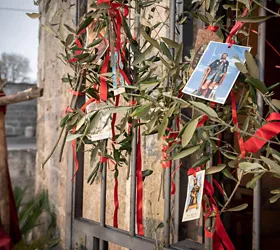Puglia's coasts: the thousand faces of a sea to fall in love with
4 minutes

Index
Two seas, Adriatic and Ionian, with different characters; sheer cliffs over deep waters and shallow waters stretching for hundreds of metres; pebbles and fine sand; well-equipped lidos and wild places; well-known beaches and secret corners. The Apulian coastline, on the other hand, stretches 860 km, leaving you to choose between slow, relaxing holidays and dynamic outdoor sports experiences; between protected areas with their unspoilt nature and the fun of summer nights. Whether you are on the Tremiti Islands or in one of the larger cities, the sea will always be a living element of the landscape and the community - like in Bari with Italy's longest waterfront. Every stretch of coastline, every town with its urban and artistic structures, every village with a traditional soul, every port constitute small worlds, distinct pieces of a marine mosaic that is among the most multiform and appreciated in the Mediterranean.
Gargano and Daunia: of green, blue and expansive horizons
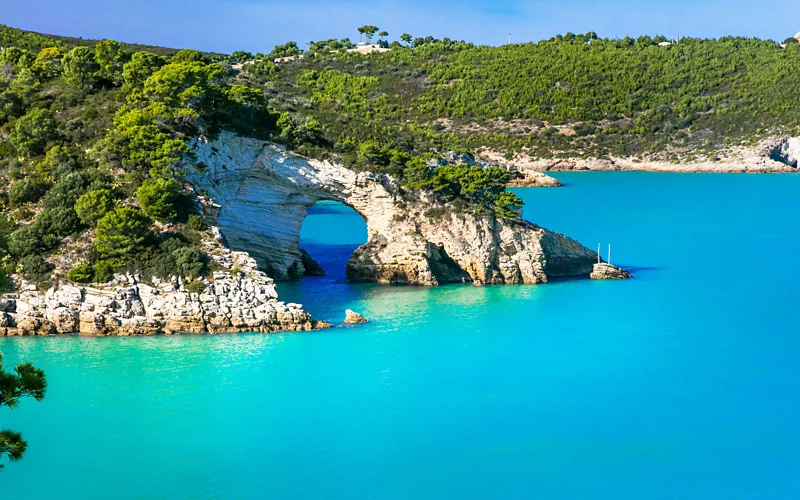
The Gargano: an extraordinary balcony over a region that, between nature and history, fills the eyes of the traveller. Already here, in the north of Apulia, one can grasp all the variety of places where land and water meet in a spectacular way to the ends of the peninsula. The scenic rocks that descend into the sea from the 'spur of Italy' seem to open wide the doors of an epic landscape that has marked southern myths, knowledge and Mediterranean feeling. From the multicoloured seabed of the Tremiti and the coastline with its 'trabucchi' stretching out into the sea, the intense green of the Foresta Umbra appears, to be discovered on foot, by bicycle or on horseback, and the natural jewels preserved in the Gargano National Park. And then the countryside of the land of the Dauni, which spreads out into the Tavoliere landscape, whose name already tells of distant horizons, of long and patient work in the fields, of memories and traditions inextricably linked to the land.
Magna Graecia, Murge, Gravine: among incredible landscapes hiding precious treasures
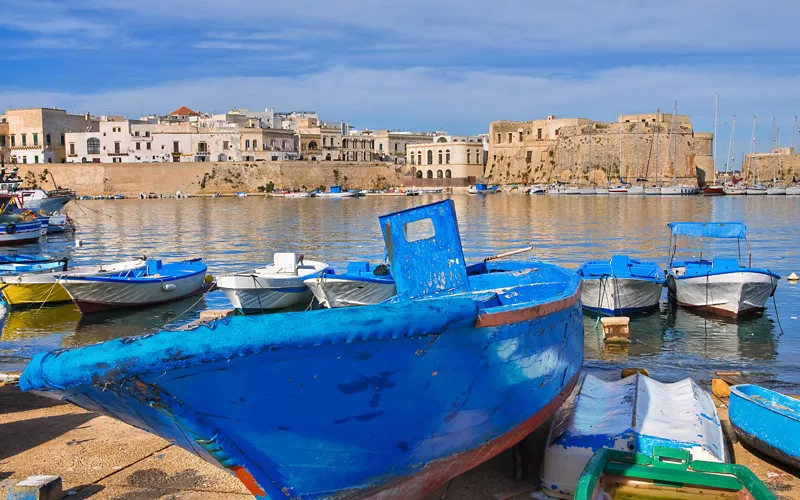
Here, peoples and myths from Greece have shaped important cities and a prosperous civilisation that over the millennia seems to have sublimated into the precious artefacts scattered around, creating an extraordinary widespread treasure of memory and culture. A sublimation also expressed in archaic traditions, landscapes of vineyards, olive groves and masserias, ancient villages, in Romanesque castles and cathedrals, and in craftsmen's workshops, such as those of ceramics. You will be fascinated by the Murge Plateau, to be travelled along the paths of the Alta Murgia National Park or on a horse ride along the horse trail of the Trulli, to admire the uniqueness of the landscape of this plateau and then arrive at the beaches of the Ionian Sea; the port of Gallipoli with its fishing boats that seem to tell stories of all the seas of the world; the fascinating geological scars of the Gravine, the largest canyons in Europe, where the rock civilisation was born. And then the treasures of Magna Graecia: the museum in Taranto contains so many beautiful ones that one can almost touch the essence of a refined and complex culture, whose beauty is fully expressed here.
The Imperial Apulia of the Stupor Mundi
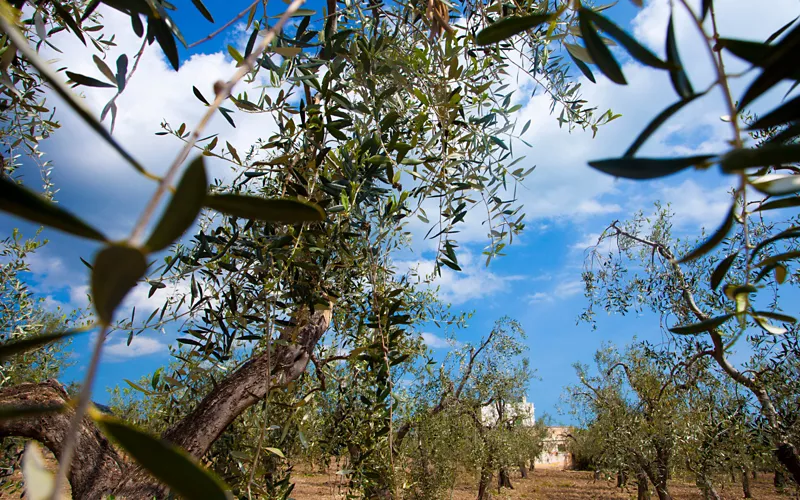
The Emperor Frederick II of Swabia, considered the 'son of Apulia', left extraordinary marks that are among the most profound and compelling in medieval history and Italian culture. His 'universal' talents were already recognised by his contemporaries, who defined him as Stupor Mundi: to him we owe so much jurisprudence, economics, studies built on the wisdom matured between West and East, poetry and literature, the arts. Clear expressions of Frederick II's refined vision can be found in his architecture: the countless buildings scattered throughout southern Italy, the 111 castles between Apulia and Basilicata, linked to his building and renovation work. His masterpiece, Castel del Monte near Andria, still seems to ask us to reflect on the perfect form that man can give to things and spaces. Those who approach the building, a World Heritage Site, from the sunny countryside cannot help but think of the man who knew how to fly high, as perhaps his beloved hawks had taught him. In addition to the mysterious stone octagon, the 'imperial Apulia' will amaze you with its cities of art, castles and cathedrals, like the one in Trani that seems to emerge from the sea. Nature, too, will fill you with wonder: visit the ancient thermal baths of Margherita di Savoia and the salt pans, a refuge for beautiful pink flamingos, or experience relaxing trekking and cycling in the Ofanto Valley.
Salento: the magic of an intense land between two seas
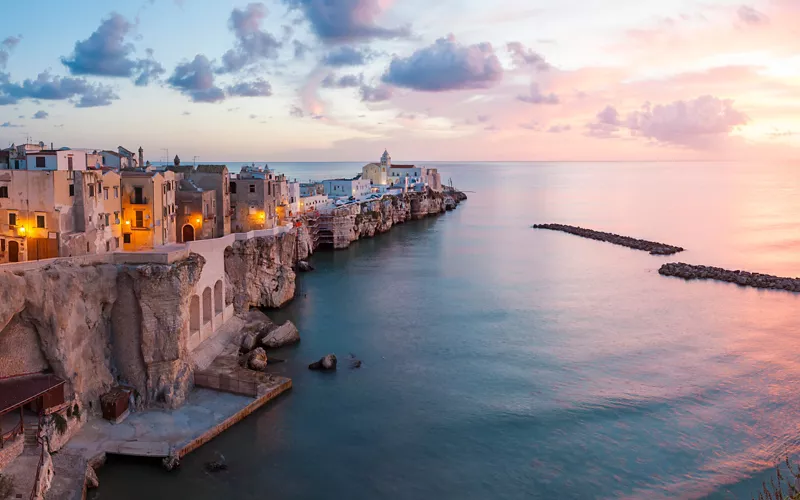
The Salento is beautiful, with a beauty that has long remained almost hidden and for this very reason capable of captivating everyone. It is intense, in the landscapes of the countryside as in those of the sea, for its millennial heritage of culture and local identity, for its more archaic traditions that have become expressions of the contemporary. Lands and beaches of great character, events of extraordinary involvement: whether it be the Adriatic views of Otranto or the Ionian ones of Portoselvaggio, the spectacular rocks and sea caves of Castro Marina and Santa Maria di Leuca, the splendid farmhouses among the olive trees and dry-stone walls in the bright light of the countryside, the perfect architectural embroideries and courtyards of Baroque Lecce, the refined and generous cuisine, everything makes the Salento a land that seems made to amaze with its 'personality'.
Authentic and timeless, your journey between Valle d'Itria and Murgia dei Trulli
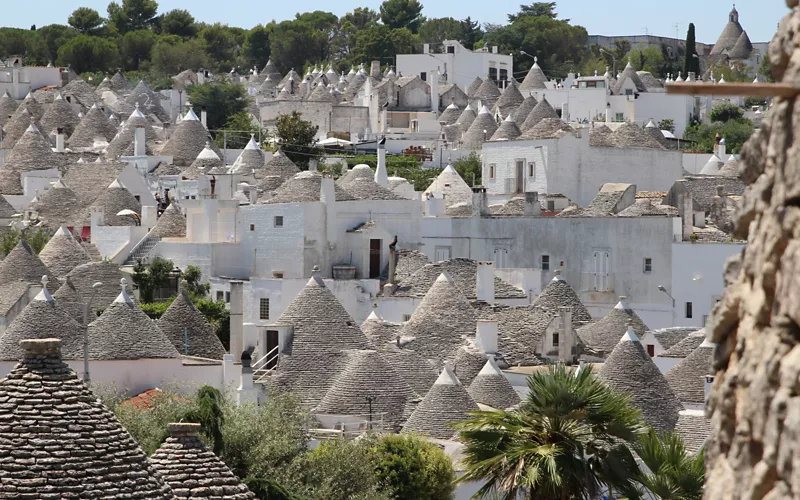
The Murgia dei Trulli is surprising for its singular beauty. The trulli, with their peaceful sprouting among fields and centuries-old olive trees, their natural and artistic way of coming together in composite structures, to the point of making entire villages dream places, tell of a local civilisation that has expressed an original and refined identity in its houses. The mystery of their origin remains; one can perhaps understand something of their forms by thinking of a collective inspiration, the result of experience and a particular taste in building and living, or of an ability to be strong in one's own identity but open to assonance with 'other' forms and cultures, which smell of the East. The result: a unique architecture and lifestyle, a unique example of civilisation. The white of these authentic lines, of timeless villages such as Locorotondo, Alberobello, Ostuni, makes the blue of a clear sea that laps against enchanting beaches, such as that of the Torre Guaceto dunes where you can dive into the wild nature of the marine protected area of the same name, even more intense.

